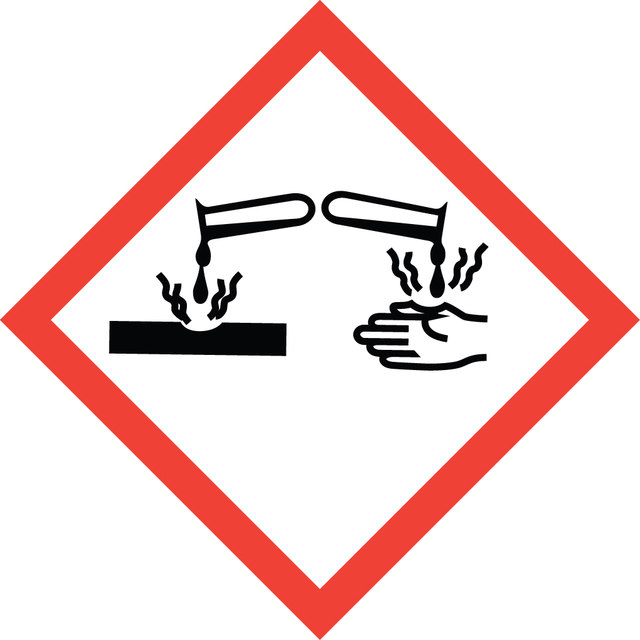31667
Chloramphénicol
VETRANAL®, analytical standard
Synonyme(s) :
D-(−)-thréo-2,2-dichloro-N-[β-hydroxy-α-(hydroxyméthyl)-β-(4-nitrophényl)éthyl]acétamide, D-(−)-threo-2-dichloroacétamido-1-(4-nitrophényl)-1,3-propanediol, D-threo-2,2-dichloro-N-[β-hydroxy-α-(hydroxyméthyl)-4-nitrophenéthyl]acétamide, Chloromycétine
Sélectionner une taille de conditionnement
About This Item
Qualité
analytical standard
Niveau de qualité
Gamme de produits
VETRANAL®
Essai
≥98% (HPLC)
Durée de conservation
limited shelf life, expiry date on the label
Technique(s)
HPLC: suitable
gas chromatography (GC): suitable
Pf
149-153 °C (lit.)
Solubilité
H2O: insoluble 100% (practically)
Application(s)
clinical testing
Format
neat
Chaîne SMILES
OC[C@@H](NC(=O)C(Cl)Cl)[C@H](O)c1ccc(cc1)[N+]([O-])=O
InChI
1S/C11H12Cl2N2O5/c12-10(13)11(18)14-8(5-16)9(17)6-1-3-7(4-2-6)15(19)20/h1-4,8-10,16-17H,5H2,(H,14,18)/t8-,9-/m1/s1
Clé InChI
WIIZWVCIJKGZOK-RKDXNWHRSA-N
Description générale
This grade has the standard for Supelco MIP SPE cartridges. For more information request Supelco Literature T407075, T706024
Application
Actions biochimiques/physiologiques
Mode de résistance : La chloramphénicol acétyltransférase acétyle, et donc, inactive le produit.
Spectre antimicrobien : Il s'agit d'un antibiotique à large spectre actif sur les bactéries à Gram positif et les bactéries à Gram négatif principalement destiné à un usage ophtalmologique et vétérinaire.
Attention
Notes préparatoires
Informations légales
Still not finding the right product?
Explore all of our products under Chloramphénicol
Mention d'avertissement
Danger
Mentions de danger
Conseils de prudence
Classification des risques
Carc. 2 - Eye Dam. 1 - Repr. 2
Code de la classe de stockage
11 - Combustible Solids
Classe de danger pour l'eau (WGK)
WGK 3
Équipement de protection individuelle
Eyeshields, Gloves, type P3 (EN 143) respirator cartridges
Faites votre choix parmi les versions les plus récentes :
Certificats d'analyse (COA)
Vous ne trouvez pas la bonne version ?
Si vous avez besoin d'une version particulière, vous pouvez rechercher un certificat spécifique par le numéro de lot.
Déjà en possession de ce produit ?
Retrouvez la documentation relative aux produits que vous avez récemment achetés dans la Bibliothèque de documents.

